
Accidents happen when you least expect them, but when someone else’s negligence causes you harm, you may have the right to seek compensation. Understanding whether your case qualifies as a valid personal injury claim is the first step in holding the responsible party accountable. Certain factors must be present for your claim to move forward, including proving negligence, demonstrating damages, and establishing liability. Without these elements, it can be challenging to obtain the compensation you need for medical bills, lost income, and emotional suffering. By evaluating your situation carefully, you can determine the strength of your case and take the necessary steps toward pursuing justice.
Proving Negligence and Liability
For your personal injury claim to be valid, there must be clear evidence that another party’s negligence directly led to your injuries. Negligence occurs when someone fails to act reasonably, causing harm to another person. This can happen in various ways, such as a distracted driver running a red light, a property owner failing to fix hazardous conditions, or a medical professional making a preventable error. Proving liability requires demonstrating that the at-fault party had a duty of care, breached that duty, and caused harm. Gathering evidence such as witness statements, video footage, and accident reports can strengthen your claim and establish who is responsible for your injuries.
Assessing Your Damages
A valid personal injury claim also requires proof of damages, meaning you have suffered measurable losses due to the incident. Damages such as medical expenses, lost wages, and property damage can be economic or non-economic, such as emotional distress and pain and suffering. In some cases, punitive damages may apply if the responsible party acted with extreme recklessness or intentional harm. Keeping detailed records of medical treatments, pay stubs, and other financial losses is crucial in demonstrating the impact of the injury on your life. The more evidence you have, the stronger your claim will be when negotiating with insurance companies or presenting your case in court.
The Role of Documentation and Expert Opinions
Solid documentation is one of the most critical aspects of a strong personal injury claim. Without sufficient proof, it becomes difficult to argue the extent of your injuries and the financial burden they have caused. Medical records, doctor’s notes, photographs of injuries, and even personal journals detailing your recovery process can support your case. Additionally, expert witnesses, such as medical professionals or accident reconstruction specialists, can provide insights that help clarify liability and the severity of your injuries. The more thorough your documentation, the harder it will be for the opposing party to dispute your claim.
Seeking Legal Guidance
Handling a personal injury claim alone can be overwhelming, especially when dealing with insurance companies that aim to minimize payouts. Having a legal advocate on your side ensures your rights are protected, and you have the best chance of receiving fair compensation. An experienced attorney can review the details of your case, gather the necessary evidence, and negotiate with insurance companies on your behalf. Legal representation becomes even more crucial in presenting a compelling argument if your case goes to trial. Rather than facing this complex process alone, having an attorney guide you through each step can make a significant difference in the outcome of your claim.
If you believe you have a valid personal injury claim, taking action as soon as possible is essential. Legal deadlines, known as statutes of limitations, can affect your ability to seek compensation if too much time passes. Understanding your rights and building a strong case can improve your chances of receiving the financial recovery you need to move forward. Contact Bonnici Law Group (BLG) to discuss your situation and explore your legal options.









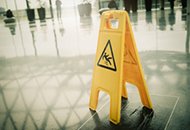
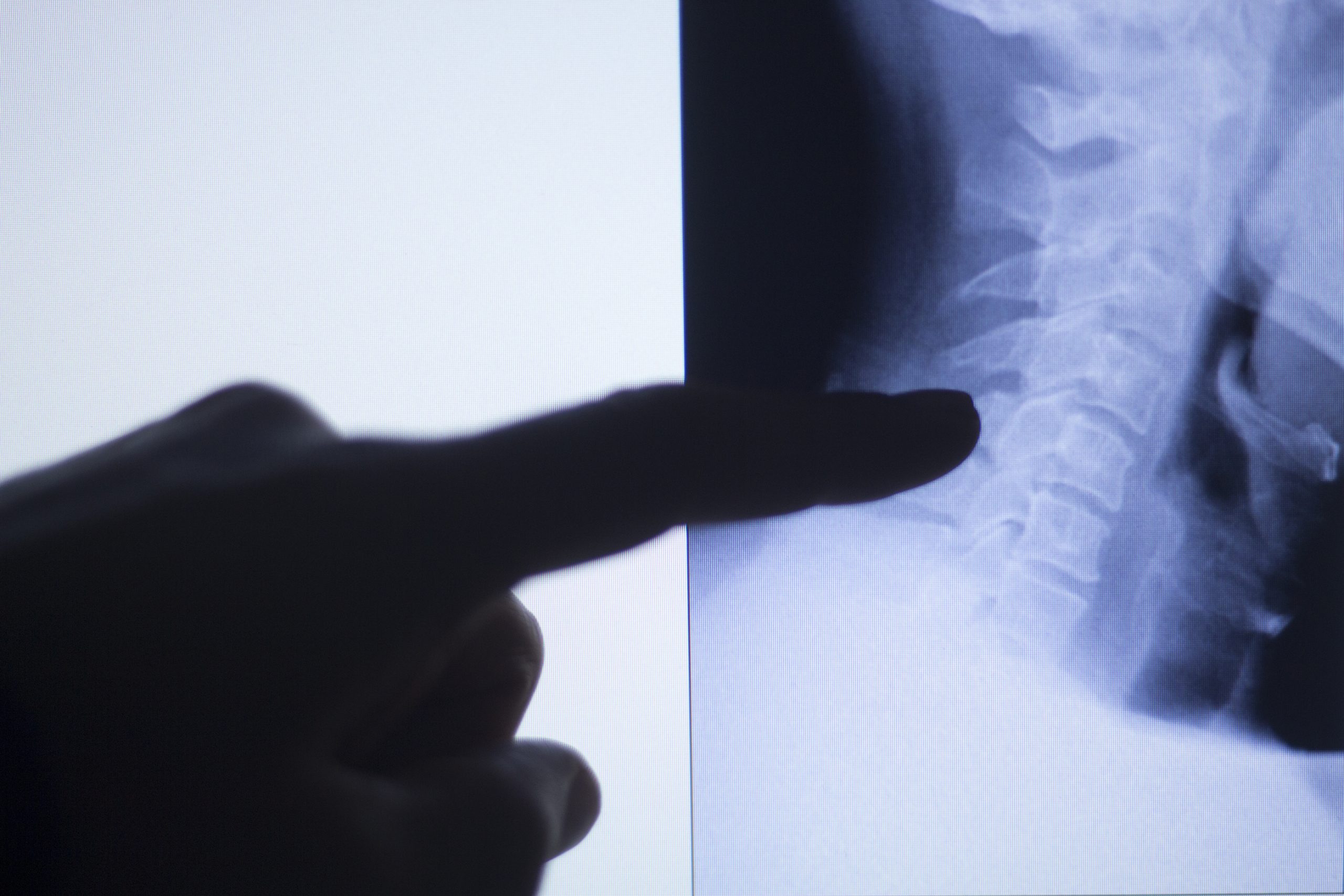
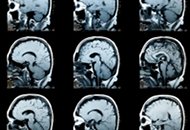

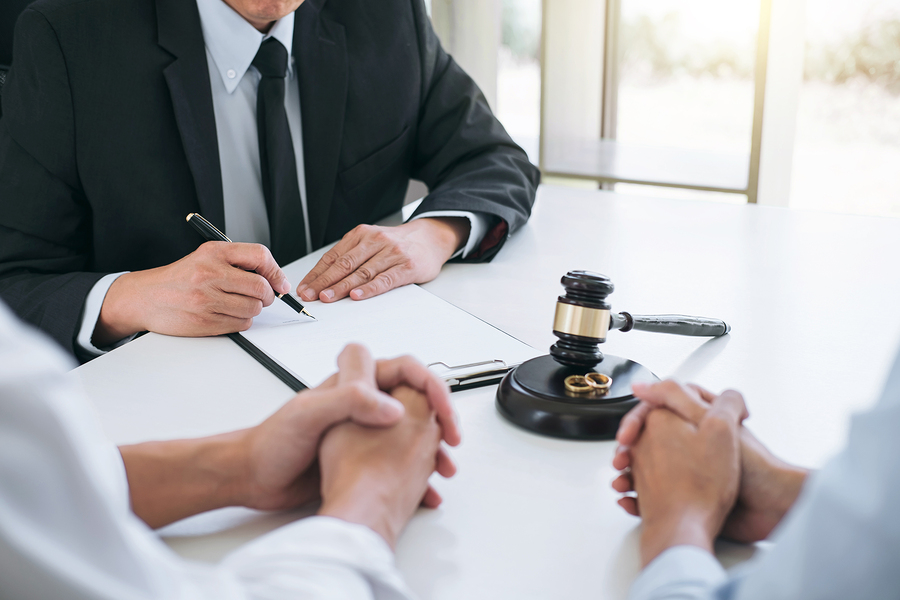
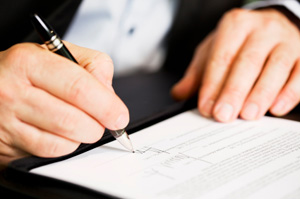
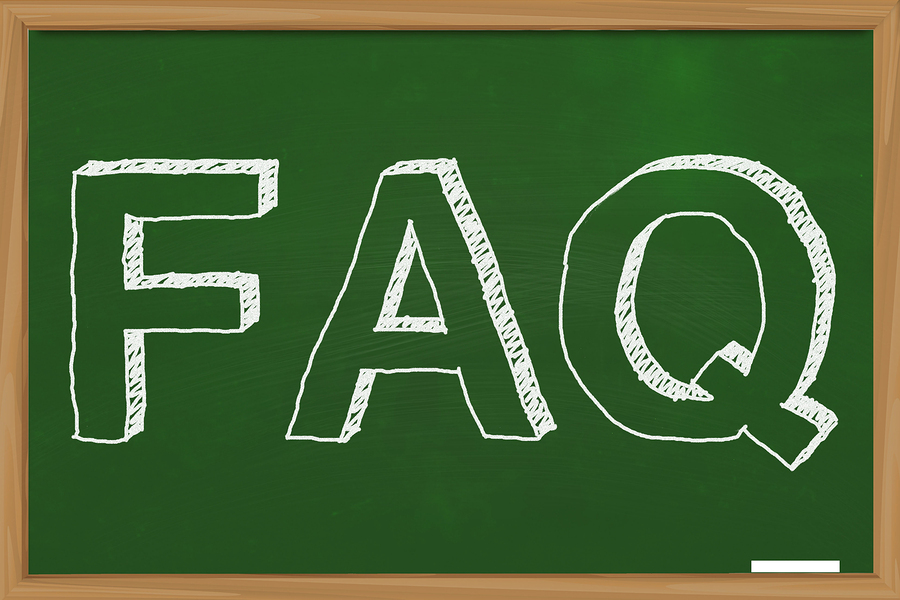
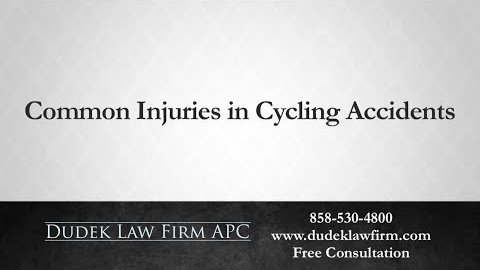

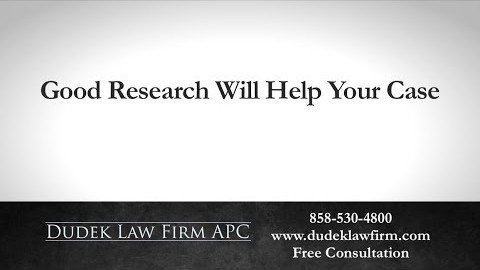
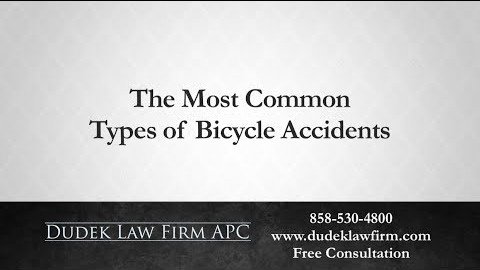
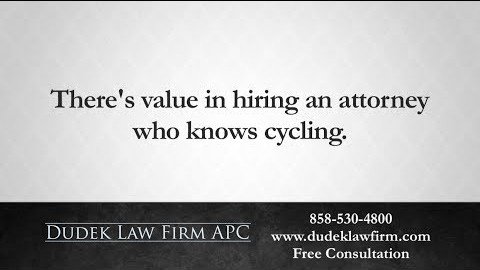
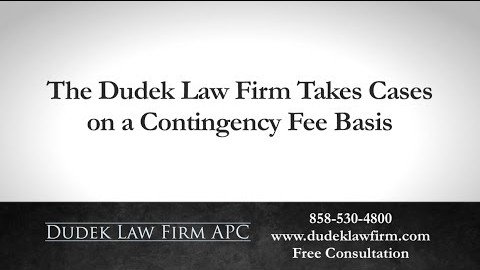
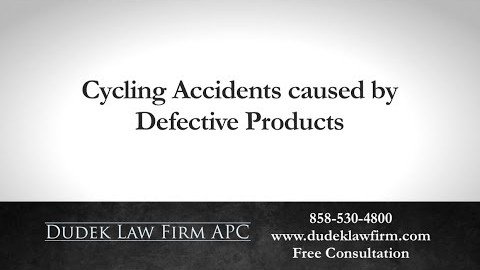
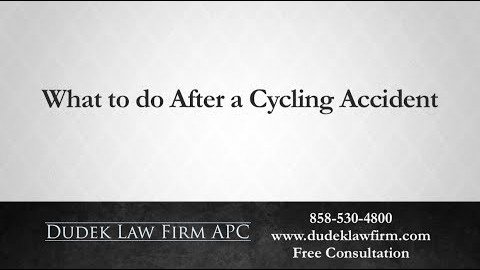

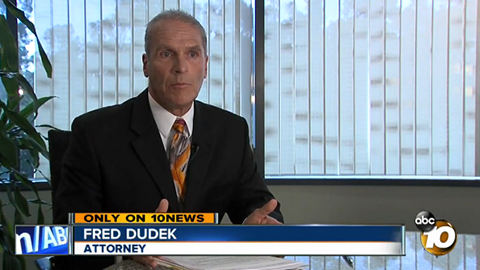
 1620 5th Avenue
1620 5th Avenue 1620 5th Avenue
1620 5th Avenue